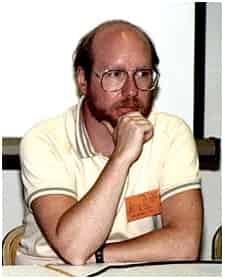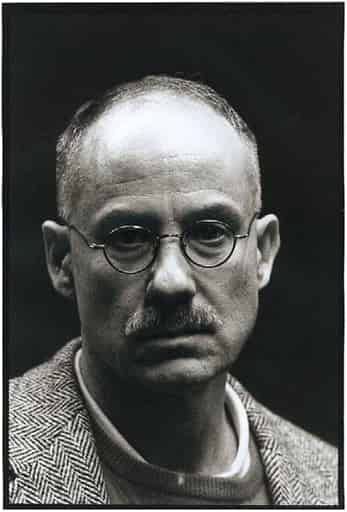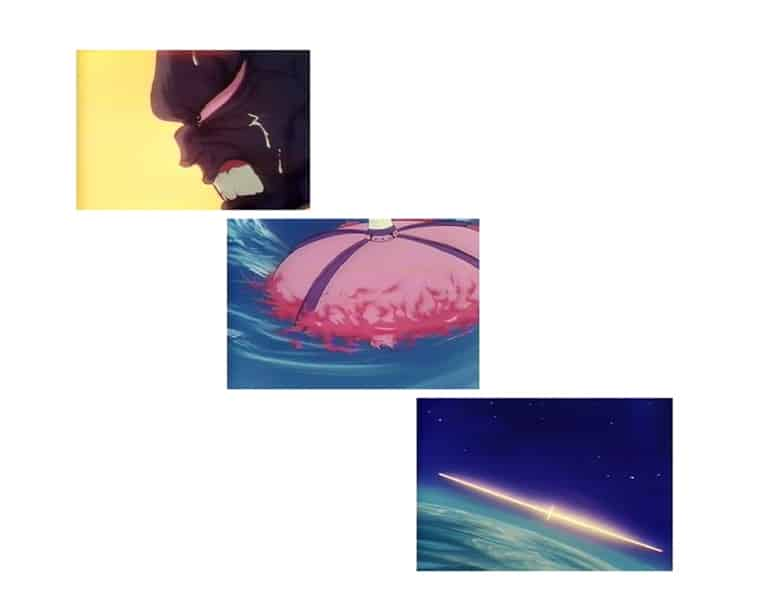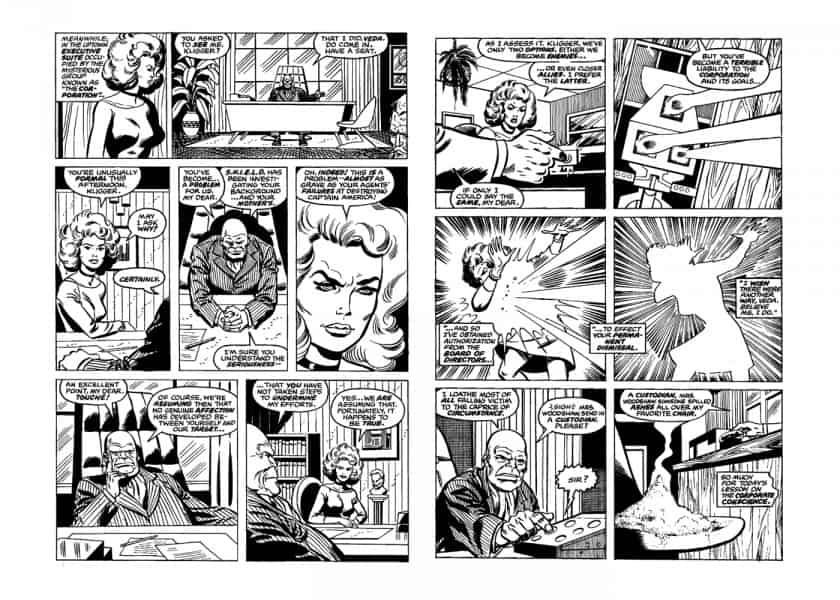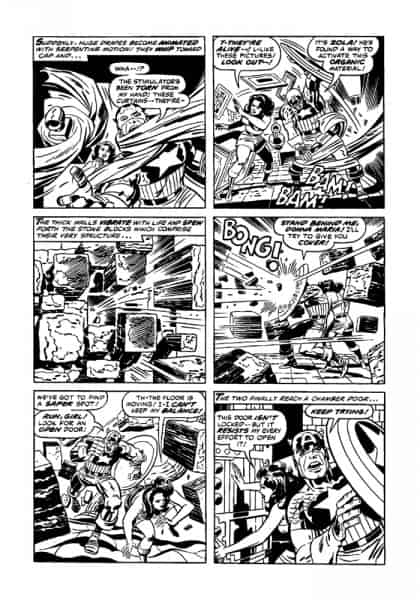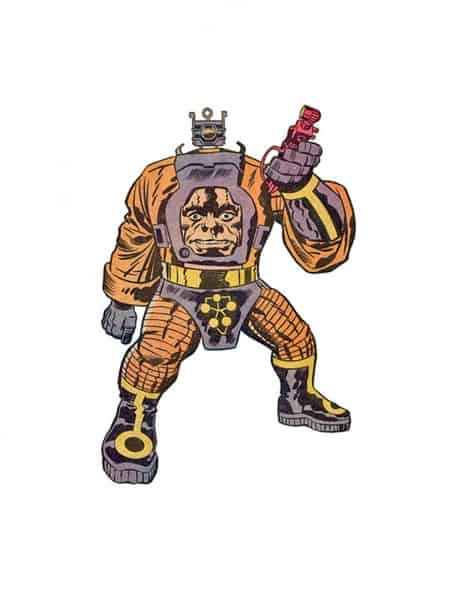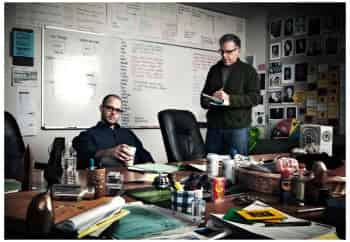
Inspiration
More on Steve Englehart
In October 2010, Jeffery Kleahn (jeffreyklaehn.blogspot.com) interviewed Steve Englehart, who said: “I was writing Captain America and America was transfixed by Watergate, and I couldn’t see how Captain America could NOT react to that – so I started commenting on real-world events. I found that even though I was writing fantasy, the more firmly it grounded in reality, the better it was.” In our opinion, this connection with reality allows readers to have something in common with the fictional character.
Back to James Ellroy
We found a quote written by James Ellroy in the introduction to the first volume of the American Tabloid trilogy: “It’s time to embrace bad men and the price they paid to secretly define their time.” The sentence is a tribute to Ellroy’s talent. It’s also consistent with the spirit of our stories, and it’s an apt way to end the discussion on our obsession with bad guys.
What Inspired the Accident Caused by Steve Legris?
In the story “No One Is Innocent,” Steve Legris is on the run because he killed a police officer while driving through a roadblock. A similar event with a similar outcome actually happened on Montreal’s South Shore in the summer of 2000. These sad events inspired the the beginning of “No One Is Innocent”.
Sacrificing the Bad Guy
There are scenes we see when we are young that stay with us. At the end of season one of the Grendizer cartoon series, one of the main villains, Colonel Blaki, sacrifices himself in an attempt to defeat his opponent and allow his superior to leave the battlefield (see picture). We loved this gesture and it came to somewhat inspire Roslo’s actions in the story “Self-sacrifice.”
The Source of the Consortium Name
The Consortium is strongly inspired by the Corporation, which appeared in Captain America in the late 70s. It consisted of a group of businessmen who were involved in criminal activities to increase their riches and their influence.
The relationship between Kligger and Veda
See the reproduction of a scene published in 1978, in issue 225 of Captain America. We think this scene, written by Steve Gerber, is very nice. It develops and concludes the story in just a few frames. The scene also shows the complex relationships between individuals characters, where the villains are not totally united against their common enemies. These two pages strongly influenced our writing.
What inspired Volcanne’s Island?
We were inspired by Arnim Zola when we created Volcanne, and we drew on his castle to create his island. In issue 211 of Captain America, Jack Kirby transformed a simple castle into a formidable adversary for the Star-Spangled Avenger (see image). We were particularly interested in taking a run-of-the-mill environment and transforming it into something murderous.
Volacnne’s Origins
Volcanne was directly inspired by Arnim Zola, a character created by Jack Kirby (see image) that first appeared in issue 208 of Captain America. The similarities are apparent and we don’t want to hide them. Arnim Zola is a fascinating character because he isn’t possessed by the desire to rule the world or to get rich. His objective seems to be to continue his experiments without any moral constraints. We liked this trait a lot and wanted to create a character who was motivated by similar goals.
Roger Stern
Like Steve Englehart, Roger Stern is another less-conspicuous author. While someone like Alan Moore tries to include his thoughts and obsessions into his work, someone like Roger Stern tries to stay firmly anchored to the myth he is in charge of writing about. Stern only created a few issues of Captain America, but he developed stories that filled gaps left by other stories written many years before. We admire this willingness to serve the mythology through careful evolution rather than by revolutionizing the hero’s whole universe.
Damon Lindelof and Carlton Cuse
We just received a copy of the Lost Encyclopaedia, so this seems like a good time to bring up again how much we admire this TV series. It’s popular culture at its best. We make the distinction of popular culture because some people say the series wasn’t as good as The Sopranos or Mad Men. We agree. But these two series were broadcast on specialty channels and were aimed at a more specific audience. Lost was broadcast on a major network, which imposed certain restrictions on the series. But those restrictions didn’t stop the two executive producers from making their narrative as complex as it was, which also made it denser and richer. They managed to balance emotion and action. They included all kinds of references into their stories without beating us over the head with them. We’re not saying it was perfect, and only time will tell if it will age well, but for now, let’s call it excellent scriptwriting.


